September 10, 2023
What’s being offered by deploying Artificial Intelligence in Airports? Efficiency, safety, productivity?
The pandemic has forced airports to view the traveler experience differently, with a greater emphasis on cleanliness. Cleaning is so much more than janitorial duties. It requires specialized skills, tools, and a technical understanding of cleaning techniques, such as proper chemical use, dwell times, and the difference between disinfecting and sanitizing.
While travels around the world are increasing day by day, passengers still need to make sure that their health and safety are top priorities. And we could make a statement that safeguarding passengers’ health can be better solved by deploying cleaning robots in airports.
So, what are the real advantages of cleaning robots concerning health and safety in Airports

Measurable, Consistent, and Autonomous Cleaning.
Autonomous floor scrubbers are easy to use because they don’t need any special infrastructure or training. This keeps costs low. Once they’re set up, the robots require no extra maintenance beyond what’s normally needed for floor scrubbing equipment. So instead of having someone operating the machine while it cleans, airport staff could delegate that task to the robots and spend their time on other tasks, making them more productive.
Moreover, the data the autonomous units collect keep airport staff informed and ensure that every floor surface is regularly cleaned.
Increased Cleaning Efficiency
Autonomous floor scrubbers allow cleaning staff to be more focused on high-touch points, deep sanitizing, and traveler experience. Deploying this technology will allow airport employees to shift their skills and efforts to other important responsibilities and cleaning as a whole can happen more efficiently.
While robots scrub the floors, airport staff can focus on more critical and hands-on tasks such as sanitizing kiosk screens, security screening bins, and seating areas. It also provides more time to assist travelers as needed.
Highly Visible Cleanliness
The travel industry has implemented new restrictions and protocols around air travel, to make airports as hygienic as possible. This is a critical step in earning back the confidence of travelers, who now value cleanliness over the aesthetics of an environment. Travelers need to perceive cleaning happening since traveling already has heightened awareness. Whenever they see an autonomous floor scrubber scoot by, passengers can be confident that the airport is not only being sanitized regularly but their health is being prioritized.
The presence of cleaning machines will be a visible reminder that airports are doing their best to keep travelers safe.
Future of Automation in Airports
Sita[1], the world’s leading specialist in air transport communication predicts the following:
“Nearly half of the world’s airlines and 32% of its airports are seeking a partner to further investigate robotics in the next three years”
“By 2030 robots are expected to have replaced check-in processes, with robotics solutions”
This data gives an insight into how Airports will be looking for autonomous solutions in the near future.
In some Asian countries, autonomous robots are already taking charge of most tasks in airports, everything is about automation. At the same main Airlines around the globe, are doing more and more to bring up autonomous technology to the table.
For decades most airports have been using scrubber machines to keep maintenance on their floors, that’s something we foresee changing in the near future.
So, what the future holds for robotic cleaning in airports? As technology constantly progresses, we can expect to see more robots taking over the world’s airports.





